Ten years in the European Union has changed many aspects of life in Poland, including the residential market. In this period we have emerged from through two main stages. The first stage occurred in 2004–2008: the boom. In this period we saw very high demand perpetuated by easy access to cheap loans denominated in Swiss francs. Unfortunately, the demand considerably outstripped the supply, which fuelled rapid price increases, thus reducing the availability of apartments to average buyers. Just as the collapse of Lehman Brothers was the symbolic beginning of the global credit crunch, for the Polish residential market the transfer from boom to bust was symbolised by the end of cheap loans in francs.
The second stage, the financial crisis, took place in 2009–2014. It was not a completely disastrous period because about the same number of apartments were built over this period than during the boom. The basic difference was that due to the withdrawal of speculative buyers from












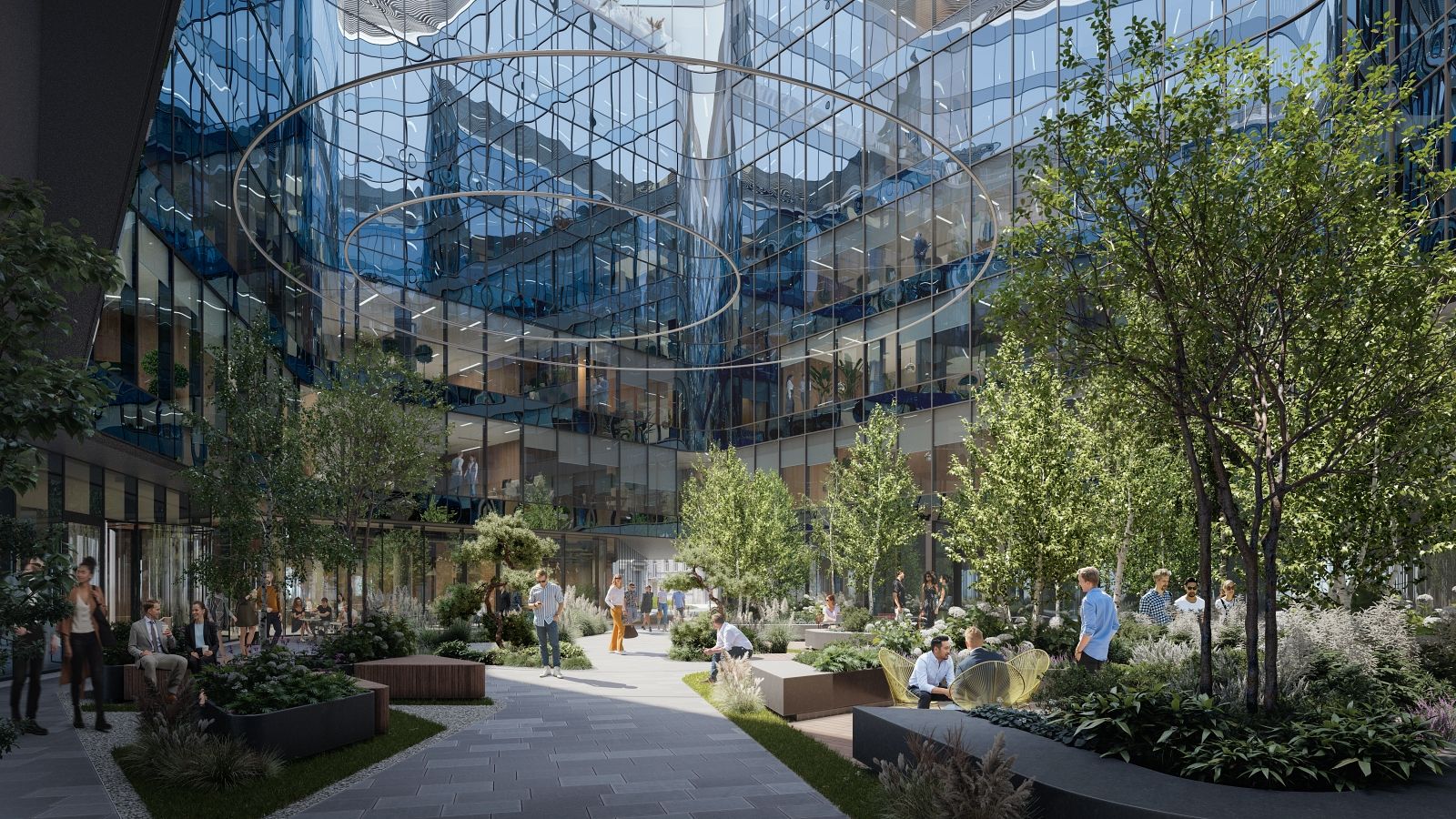






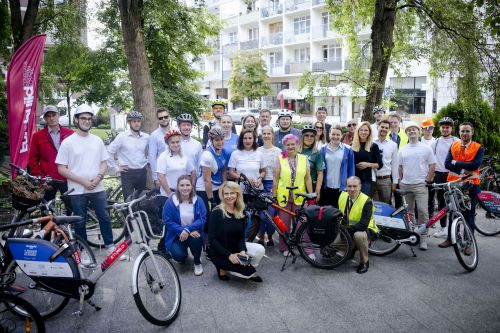
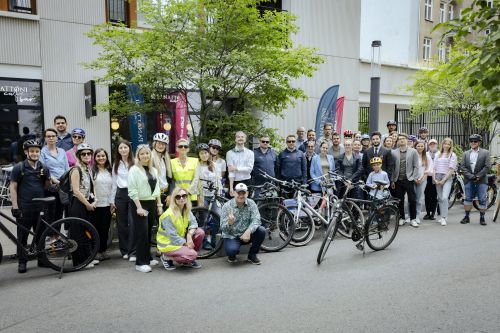













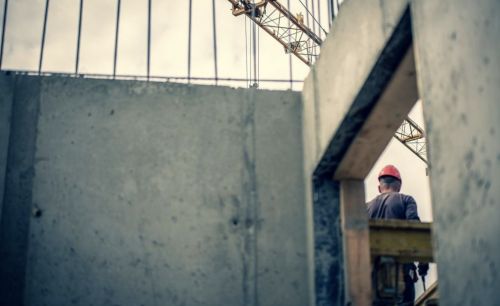
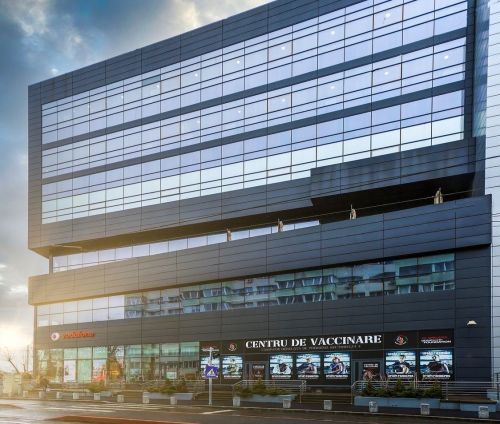







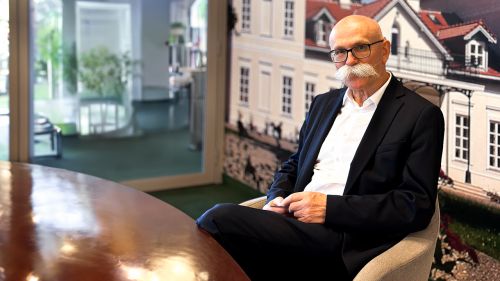

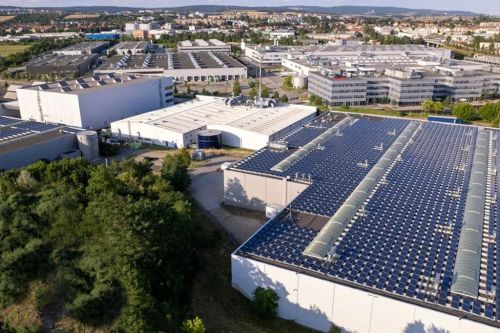
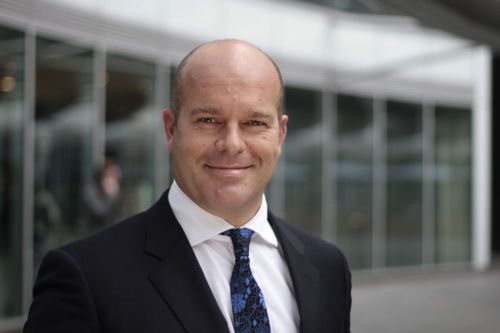

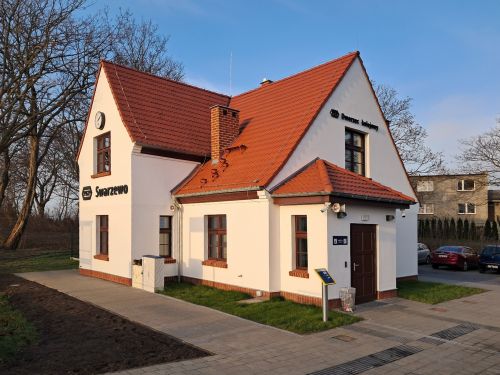

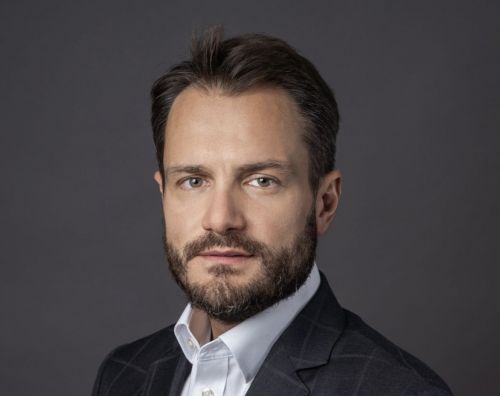
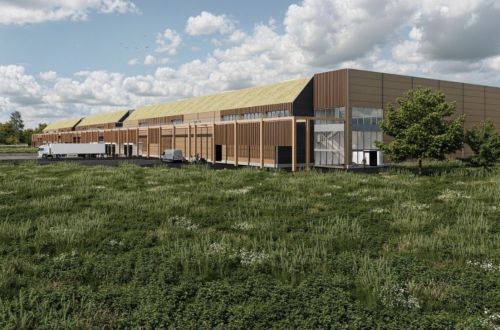
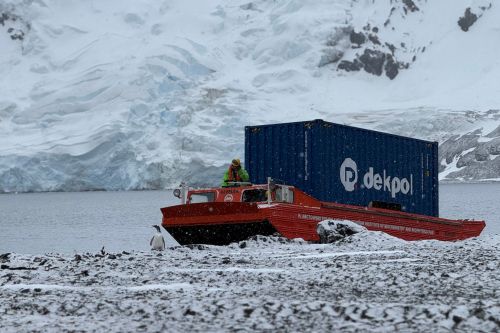
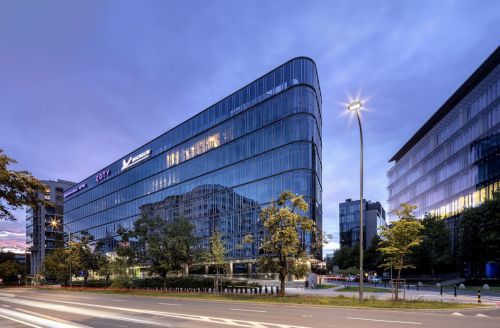

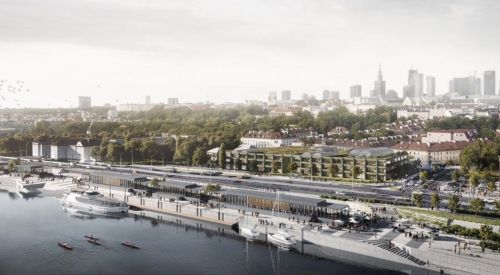

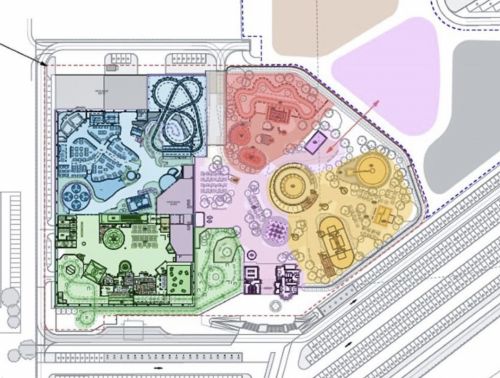

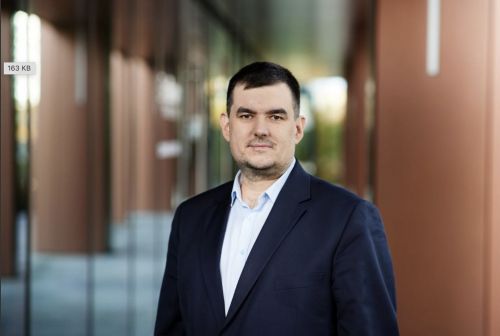



Modular construction becomes more prominent
Modular construction becomes more prominent
After a temporary slowdown, the modular construction market in Poland continues to expand in 2025. Although the sector faces challenges such as high material costs and investment f ...
Spectis
EXPO REAL 2025: From survival mode to selective recovery
EXPO REAL 2025: From survival mode to selective recovery
This year’s EXPO REAL in Munich marked a noticeable shift in tone across industry conversations. Following a period of uncertainty and postponed investment decisions, the com ...
Axi Immo
Are lease agreements in retail parks still triple-net?
Are lease agreements in retail parks still triple-net?
The lease agreements concluded for retail parks increasingly feature solutions that differ from the classic Triple Net Lease agreements, particularly as regards the settlement of o ...
CMS